 This topic can take a long while to get through, so let's start at the beginning with the question, "What is Fashion?" In my class, on the first day, we were asked to define fashion. Everyone made some reference to art, style, fabrics, etc. Barely anyone spoke on the fact that it is business. In fact, today it is marketing, above all. So, let's get to it!
This topic can take a long while to get through, so let's start at the beginning with the question, "What is Fashion?" In my class, on the first day, we were asked to define fashion. Everyone made some reference to art, style, fabrics, etc. Barely anyone spoke on the fact that it is business. In fact, today it is marketing, above all. So, let's get to it!
What is Fashion?
Fashion is the culmination of a cultural system and a business system.
Cultural Definition
Fashion is a form of speech. It not only embraces clothing, but also accessories, jewelry, hairstyles, beauty and body art. What we wear and how and when we wear it, provides others with a shorthand to subtly read the surface of a social situation. For example, their are several different stereotypes of fashion expression. Among them:
- Fashion victim: buys on trend, not brand loyal
- Conservative: does not buy the look of the season, but of seasons past
- Customizers: buy variations within a strict uniform (Muslim headscarves, black suits with new cuts)
- Accessorizers: buy smaller items as accents of expression or aspirational belonging
Fashion is associated with social change and it is itself a tool for change. The history of creative/design aspects of the fashion business are made up of people and personalities. In learning about their lives and accomplishments, the development of the industry automatically unfolds. In order to understand the dynamics of the industry in each country, it’s always important to bear in mind the following:
- Social & economical changes taking place within a period
- Their impact on consumer demand
- The reaction of the industrial system
Within a designer’s creativity and research, there is an underlying reinterpretation of the past. For example, for his 1998 collection, John Galliano for Dior reinterpreted Paul Poiret's 1910 collection. In the same year, he reinterpreted Jeanne Lanvin 1926. There have been many variations on the reinterpretation of the royal gowns, as well as the reinterpretation of how the female form is represented in the silhouette.
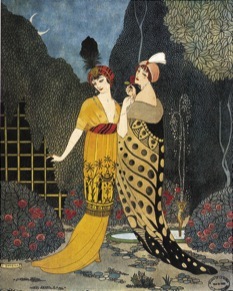 →
→ 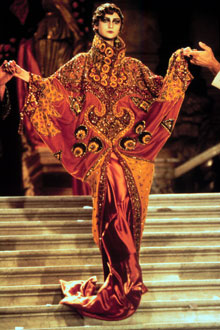
National Cultures & Industry Influence
The French Way:
The French model offers no second or young lines. These brands grow through accessories, cosmetics, fragrances and eyewear. There is a strong focus on specific product categories. Couture holds prominence. (An example is Dior.)
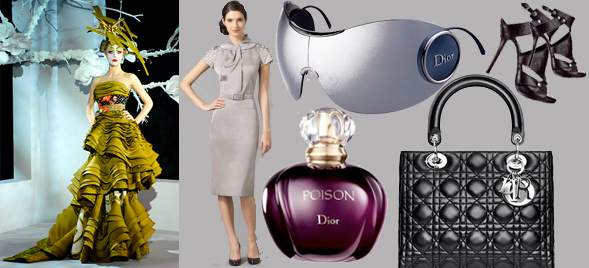
The Italian Way:
The Italian model grows through extension in the core business of apparel. Brand extension comes later. The designer delivers a lifestyle model from which all brand and line extension emerges. Ready-to-wear holds prominence. (An example is Armani.)
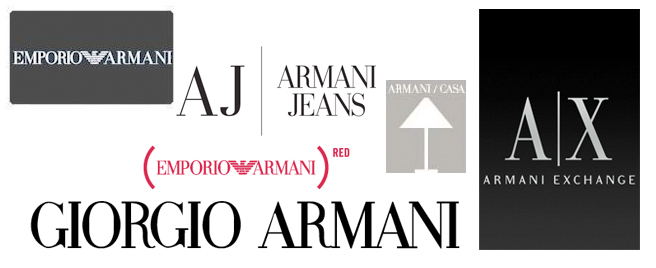
The American Way:
The US model is characterized by strategic alliance with department stores. Glorification of basic products is demonstrated in brand extension in everything from couture to house paint, paving the way for the brand-inspired lifestyle.
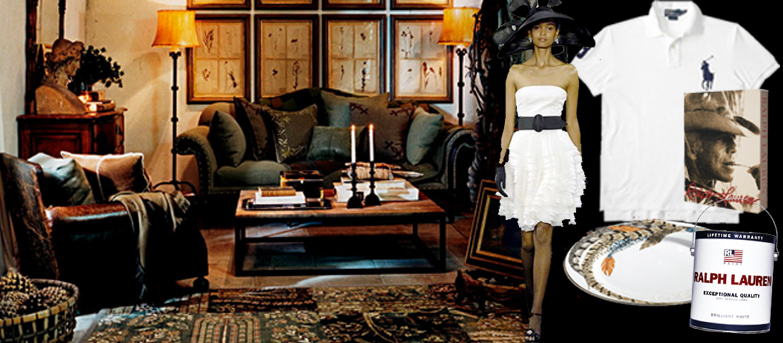
Industrial Definition
Fashion is a business! The fashion pipeline of fashion is a system of materials, production facilities and mechanisms, technicians and artisans, and supporting streams including communications, logistics, retail, and so on. The pipeline is a key concept for defining fashion cycles, market dimensions and supply segmentation and role innovation. For example, the Spring/Summer 2009 collections are a culmination of the following activities (in broad terms):
The June 2007 yarns suggestions are taken into account, based on current trends and availability → Selected yarns are displayed by manufacturers in the September 2007 Yarn Fairs for producers to source → Having selected their yarns from the yarn fairs, textile producers show their available textiles in the March 2008 Textile Fairs → The textiles are selected by fashion and apparel houses, who use these to create their collections, shown in the September 2008 Fashion Shows → In February 2009, finalized collections become available in retail outlets worldwide → → →
To give you an idea of what goes on at a textile fair, check out the clip below from the Paris Premiére show:
The trends examined in the development of each of these steps within the pipeline refer to trends identified in the external cultural setting. Trends are influenced by media and arts, technological innovations, socio-cultural trends, designer creativity and research, and the availability or certain materials within the pipeline.
Industry Sectors
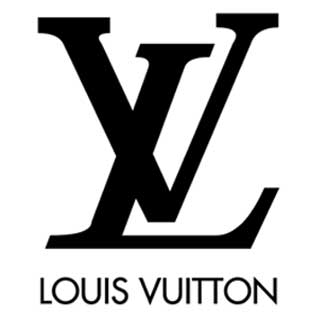 Beyond apparel, the fashion and luxury industries embrace different sectors (clothing and accessories, fragrances and cosmetics, watches and jewelry, automotive, tourism and hospitality, household goods and decor...) that compete on the symbolic meaning of their products rather than on the price or on product usefulness. This is why consumers may pay 5 times the price of a bag displaying the Louis Vuitton logo as they would for a bag produced using the same techniques, without the logo. The symbolic meaning of status, group belonging, wealth, sophistication, recognition, etc. are the key factors that drive consumers to Louis Vuitton, beyond product quality or usefulness. Examples of sectors include:
Beyond apparel, the fashion and luxury industries embrace different sectors (clothing and accessories, fragrances and cosmetics, watches and jewelry, automotive, tourism and hospitality, household goods and decor...) that compete on the symbolic meaning of their products rather than on the price or on product usefulness. This is why consumers may pay 5 times the price of a bag displaying the Louis Vuitton logo as they would for a bag produced using the same techniques, without the logo. The symbolic meaning of status, group belonging, wealth, sophistication, recognition, etc. are the key factors that drive consumers to Louis Vuitton, beyond product quality or usefulness. Examples of sectors include:
- Couture
- Ready-to-Wear
- Designer
- Diffusion
- Bridge
- Mass
Industry Sub-Segments
Each sector or industry is divided into its sub-segments which include the primary category's key technology, product areas, group of clients, and end uses. Sub-segments are developed based on the following considerations:
- Supply Structure (what do we have to work with form the beginning? raw materials? set up costs? logistics?)
- Growth Outlook (how many people might want to buy this?)
- Mega Trends (what else are people doing with their time and money?)
- Attractiveness (is the product easily copied? can I protect my brand/market/dominance?)
By understanding how a brand fits within the above considerations relative to other brands, you can begin to understand their potential for success.
Competitive Strategy in Fashion & Luxury
Different business models within the fashion industry compete using various ranges of business logic. While I refer here to fashion, this principle is equally applicable in other symbolic industries.
- Luxury conglomerates often compete and protect their dominance based on the strength of their branding. (LVMH, Richemont, Gucci Group, Polo Ralph Lauren)
- Designer brands rely on creativity and the power of their communications campaigns to protect their brands. (Dolce & Gabbana, Prada, Chanel, Valentino)
- Industrial brands retain their brand strength by focusing their business models on trade services. (Diesel, Coach, Zegna)
- Retailers base their business models around the strength of their stores. (Zara, H&M, GAP)
More soon...